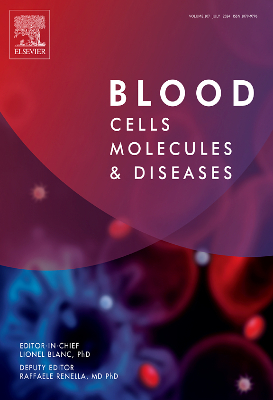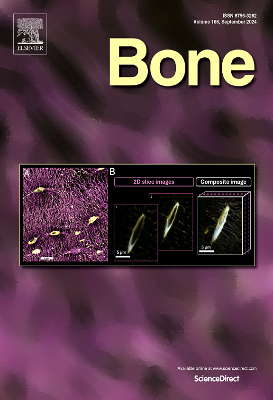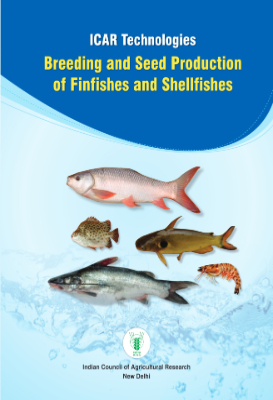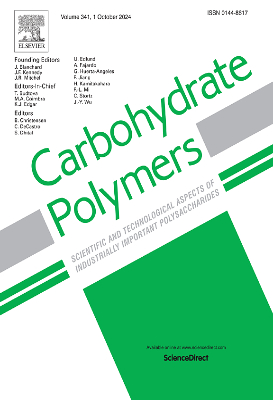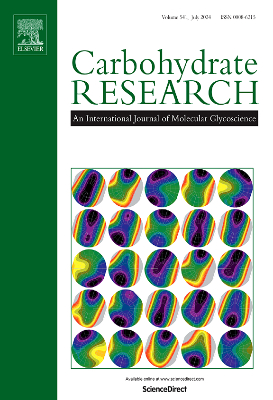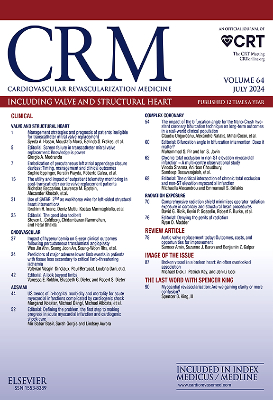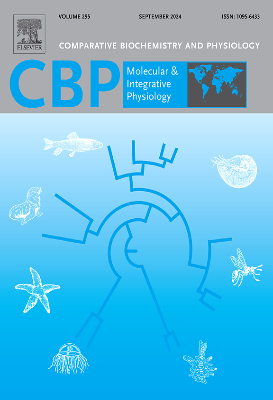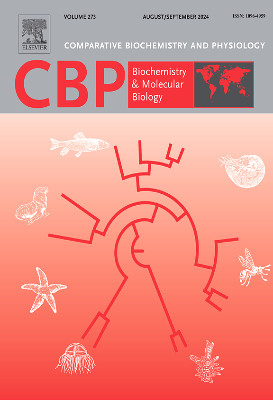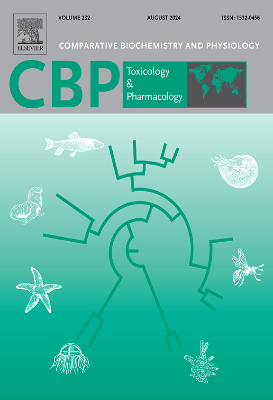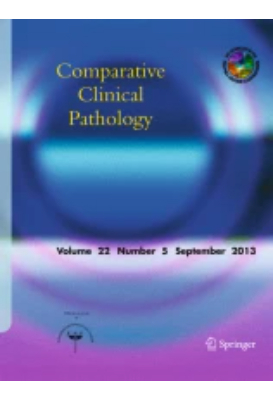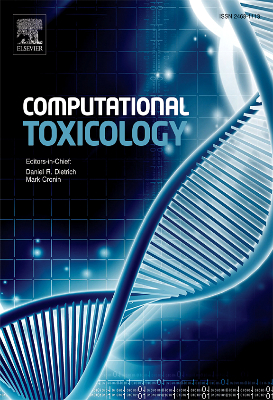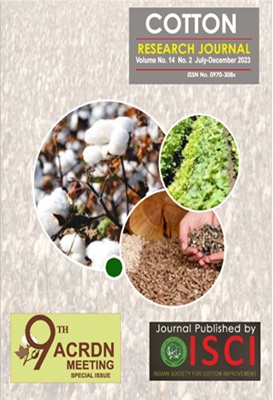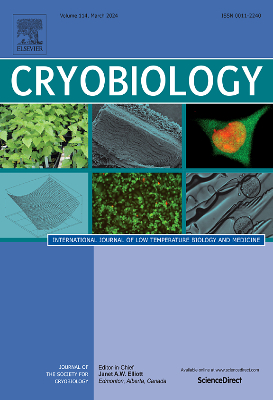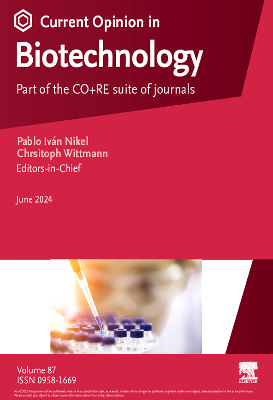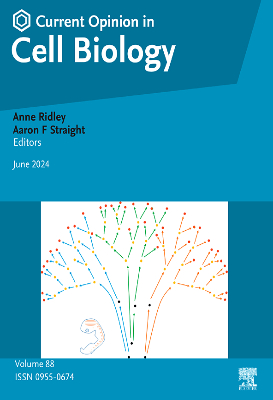E-Resources
Cotton Research Journal
One of the early actions of ISCI has been the launching of a research journal to fill the vacuum created by the stoppage of predecessors like (a) the Indian Cotton Growing Review published by the Imperial Cotton Growing Corporation of UK and (b) the Indian Cotton Development Journal published by the Directorate of Cotton Development. For many decades, these journals had remained as vehicles for research findings on cotton production technologies in India. By 1970 both these journals ceased to appear. The inaugural issue of the ISCI Journal was published in January 1976, since then the periodical has witnessed increasing patronage from cotton scientists from all over India and abroad. By 1990s, the 6- monthly journal had transformed into a quarterly publication to accommodate the rising number of articles originating from ICAR institutes and agricultural universities in which government funded research programmes were on the increase.
Crop Cultivars Developed Through Molecular Breeding
I
ndian Council of Agricultural Research (ICAR) from its inception has spearheaded country?s
preparedness towards feeding the ever-increasing population. The development of improved
high yielding varieties during 1960s made significant increase on food production through
?Green Revolution?. So far, 5800 cultivars of different field crops have been released for cultivation
in various agro-ecosystems of the country. However, development of cultivars takes quite
long time, which generally takes 10-12 years. Taking the help of modern tools, scientists have
been able to curtail the breeding cycle to develop cultivars much faster. ?Molecular Breeding?
technology provides significant advantage over ?traditional breeding? methods, where (i) the
target gene is selected with more precision, (ii) desirable plants are selected at the seedling stage
much before expression of the trait(s), (iii) costly and cumbersome phenotyping during the
breeding programme is bypassed, and (iv) breeding cycle is significantly shortened to 5-6 years.
Using ?Molecular Breeding?, 74 varieties in seven crops namely, rice, wheat, maize, pearl millet,
chickpea, soybean and groundnut have been released for commercial cultivation in India.
It includes, 43 in rice, five in wheat, six in chickpea, six in soybean, two in groundnut, 10 in
maize and two in pearl millet with improved biotic stress resistance, abiotic stress tolerance and
nutritional quality.
This bulletin entitled, ?Crop Cultivars Developed Through Molecular Breeding (second edition)?
highlights the salient features of the varieties and hybrids developed through accelerated
breeding. I dedicate this information bulletin to all our farmers with a hope that these varieties
will reduce the risk due to climate change and enhance their income.

